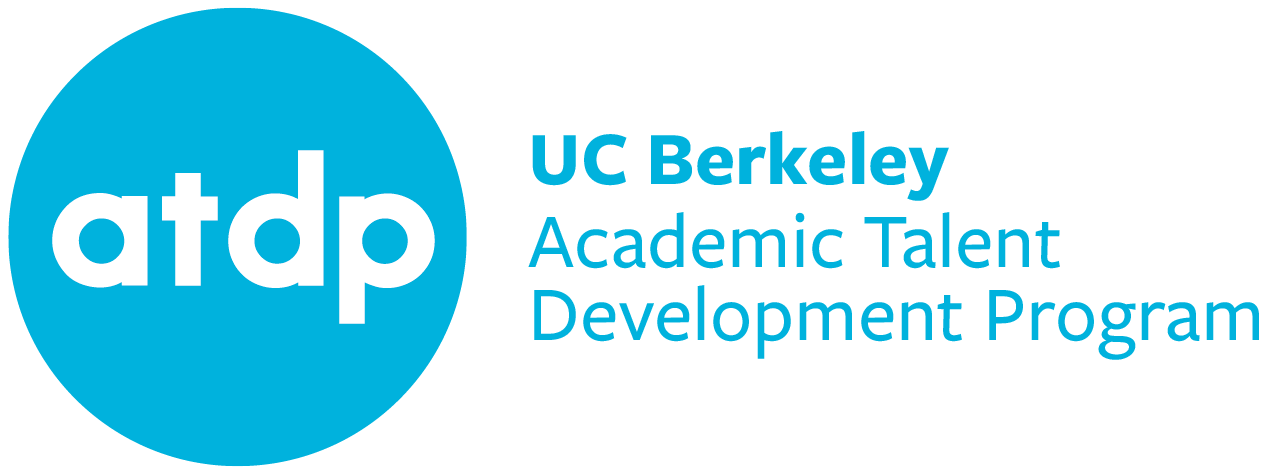What happens to research findings? Are they used by anyone other than researchers seeking to conduct more research? At ATDP, researchers seek relevant knowledge and teachers evaluate its applicability with an eye toward potential classroom benefits.
For example, over the past few years, Secondary Division Mathematics Instructors have worked to facilitate students’ metacognition, based on research about ATDP student learning, through different classroom projects and activities. They have also incorporated opportunities for students to develop their metacognitive thinking within their classroom lectures and discussions. Here are some examples of the ways that ATDP mathematics instructors in the Secondary Division encourage their students to think metacognitively.
Some instructors, including Mrs. Howison (Pre-Calculus) and Mrs. Benedetti (Foundations of Algebra), build the use of metacognition into their challenging math problems for homework (sometimes called a “Problem of the Week” or “POW”) and ask students to track the thinking they used to solve the problem by writing out the steps they used to reach a solution. This assignment requires students to engage in several types of metacognitive thinking. Students are asked to explain their understanding of the problem, the different strategies they considered to address the problem, and the ways they confirmed that their answers were correct. By explaining their thinking in these ways, students are engaging in metacognition.
Mr. Jaw (Algebra II/Trigonometry) gives his students an extra credit assignment requiring them to review their past math exams and write explanations about why they got each problem wrong. Students must identify whether each mistake was due to errors in the execution of the problem (e.g., an arithmetic mistake) or an error in conceptual understanding. If it was an execution error, students must explain whether the mistake was unique or systematic—that is, students must think about whether or not they often make errors of this kind. If the error was due to a lack of conceptual understanding, students must study the concept, redo the problem, and explain what they now understand about the problem and the concept that they did not understand previously. Through this assignment, Mr. Jaw’s students develop a deeper awareness of the systematic errors they tend to make, as well as a deeper conceptual understanding of different math topics.
Finally, all of the mathematics instructors in the Secondary Division encourage students to develop an awareness of what they know, what they do not know, what they understand, and what they don’t understand. In class, instructors encourage students to explain what they understand and help them to articulate their questions when they are confused. Similarly, students are expected to identify homework problems with which they had difficulty and encouraged to articulate why they had difficulty. This metacognitive awareness will enable students to seek assistance intelligently when they struggle or become stuck in school.
More on ATDP Instructors…
- Novice Teachers: Learning from Experts at the Elementary Division
by Nina Hersch Gabelko, Program Director - Summer’s Sociologists: SD Instructor Leo White reflects on his first year at ATDP
by Shadrick Small, Program Staff
